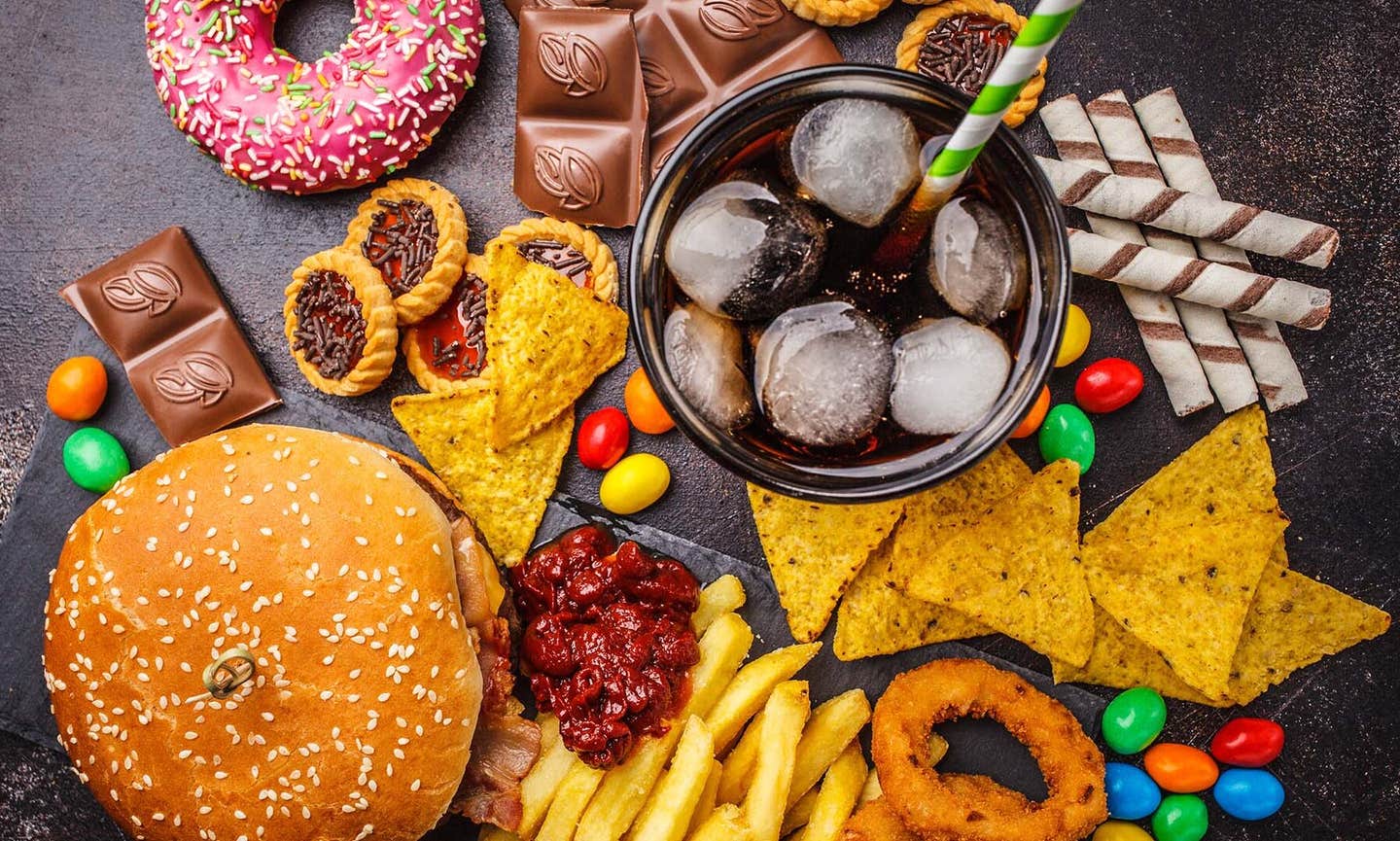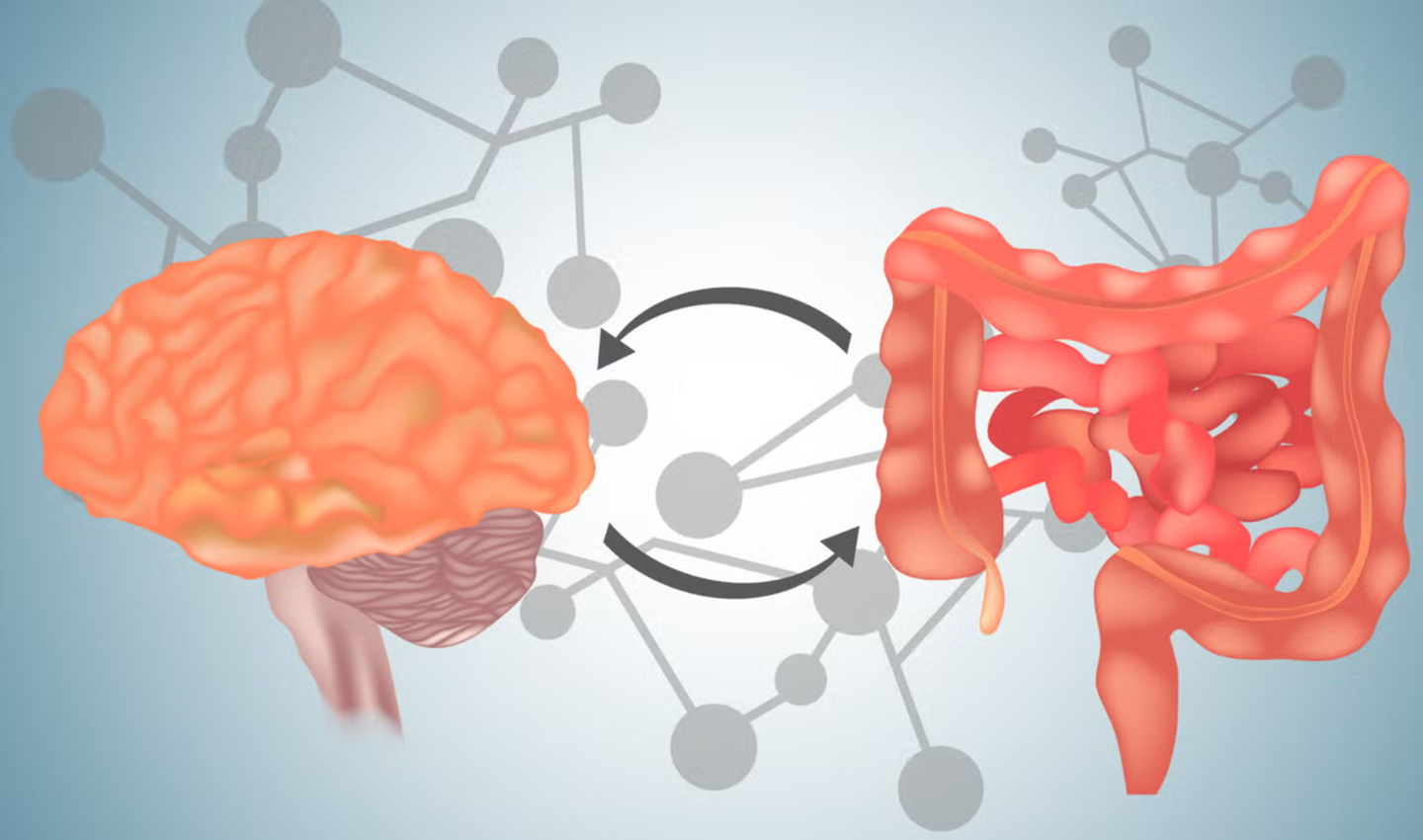Cutting ultra-processed foods doubles weight loss in new study
A landmark UK trial found that cutting ultra-processed foods led to twice the weight loss of a matched healthy diet—without counting calories.

Cutting ultra-processed foods led to twice the weight loss in a major trial, even when nutrition matched healthy eating guidelines. (CREDIT: CC BY-SA 4.0)
Eating in line with official dietary advice may help keep your weight in check—but how much the processing of your food matters has been less clear. Now, scientists have delivered the strongest evidence yet that choosing fresh, home-cooked meals over ready-to-eat packaged foods can make a meaningful difference in how your body responds.
The new research, published in Nature Medicine, comes from a team at University College London and University College London Hospitals. In the first long-term trial to test ultra-processed food (UPF) versus minimally processed food (MPF) under “real world” conditions, they found that people lost nearly twice as much weight when eating foods made with minimal processing. And here’s the kicker—the two diets had the same nutritional content on paper.
How the trial worked
Fifty-five adults in England volunteered for the study. All had a body mass index between 25 and 40, putting them in the overweight or obese range, and habitually got more than half their daily calories from ultra-processed foods.
Researchers provided each person with two eight-week diets, following the UK’s Eatwell Guide—the official blueprint for a balanced diet. One was made up of MPF meals, such as overnight oats with fruit or a homemade spaghetti Bolognese. The other was packed with UPF choices, like oat bars or microwavable lasagna.
Participants were assigned to start with one diet, then returned to their normal eating for four weeks before switching to the other plan. All meals were delivered to their homes in amounts greater than they needed, and they were told to eat as they normally would—no calorie counting, no portion limits. By the end, 50 participants had completed at least one of the two diet phases.
Bigger weight loss on minimally processed foods
Both diets led to weight loss, likely because they improved the nutritional quality of participants’ usual eating patterns. But the MPF plan brought almost double the drop in body weight—a 2.06% reduction compared to 1.05% on UPF. That difference translates to an estimated calorie shortfall of 290 kilocalories per day for MPF eaters versus 120 kilocalories for the UPF group. For context, the Eatwell Guide suggests 2,000 kilocalories a day for women and 2,500 for men.
Related Stories
- Eating ultra-processed foods linked to psoriasis development
- Eating fewer ultra-processed foods greatly reduces Type 2 diabetes risk
Dr. Samuel Dicken, lead author from UCL’s Centre for Obesity Research, noted: “Though a 2% reduction may not seem very big, that is only over eight weeks and without people trying to actively reduce their intake. If we scaled these results up over the course of a year, we’d expect to see a 13% weight reduction in men and a 9% reduction in women on the minimally processed diet, but only a 4% weight reduction in men and 5% in women after the ultra-processed diet.” Importantly, the extra weight loss on MPF came from fat mass and body water—not muscle. That’s a healthier composition shift.
Fewer food cravings with fresh meals
Processing didn’t just change the scale. It also seemed to affect cravings. Participants filled out questionnaires on how often they wanted certain foods, how strong those urges felt, and how well they could resist them.
While both diets improved craving control, MPF had a bigger impact—double the improvement overall and four times greater improvement for savory cravings. People also reported nearly twice the improvement in resisting their most tempting food. This pattern was surprising because weight loss itself often triggers stronger cravings. Instead, those eating minimally processed meals found their urges less intense.
Ultra-processed food and health markers
The trial also tracked blood pressure, heart rate, and lab measures such as liver function, cholesterol, blood glucose, and inflammation. Neither diet caused harmful changes, and both sometimes improved these readings compared to participants’ usual diets. However, differences between MPF and UPF in these secondary measures were small. The researchers say longer studies will be needed to see whether processing influences these outcomes over time.
Professor Rachel Batterham, senior author from the UCL Centre for Obesity Research, explained that most people do not follow the Eatwell Guide closely. “Choosing less processed options such as whole foods and cooking from scratch, rather than ultra-processed, packaged foods or ready meals, is likely to offer additional benefits in terms of body weight, body composition and overall health,” she said.
The bigger picture for public health
The study’s findings fit into a larger conversation about how the modern food system shapes health. Professor Chris van Tulleken from UCLH warned that individual willpower is only part of the story: “The global food system at the moment drives diet-related poor health and obesity, particularly because of the wide availability of cheap, unhealthy food.” He argues that tackling obesity will require more than personal choice—it will take systemic change, such as warning labels, marketing restrictions, taxes, and subsidies to make healthier foods more accessible and appealing.
Why food processing matters
Ultra-processed foods typically undergo multiple industrial steps and include additives like flavorings, emulsifiers, and preservatives. While not all UPFs are inherently unhealthy, their structure and formulation may make them easier to overeat, faster to digest, and less satisfying—factors that influence long-term weight and health.
Minimally processed foods, on the other hand, tend to be closer to their natural state, retaining more of their original texture and nutrient structure. Cooking at home, even from canned or frozen ingredients, usually results in less processing than factory-made packaged meals.
What this means for your plate
The trial suggests that even if you meet all the standard nutritional guidelines, you could gain an extra weight-loss edge by swapping more UPF items for minimally processed options. That might mean trading a store-bought granola bar for homemade overnight oats, or replacing frozen pizza with a quick pasta made from fresh or frozen vegetables.
Small shifts like these, applied over months and years, could add up to significant health benefits. As Dr. Dicken’s scaling estimates show, the long-term gap in weight change between UPF and MPF diets could be substantial—without even trying to eat less. While the science is still developing, this research makes one thing clear: when it comes to healthy weight and better cravings control, the degree of processing matters almost as much as the nutrients themselves.
Note: The article above provided above by The Brighter Side of News.
Like these kind of feel good stories? Get The Brighter Side of News' newsletter.



